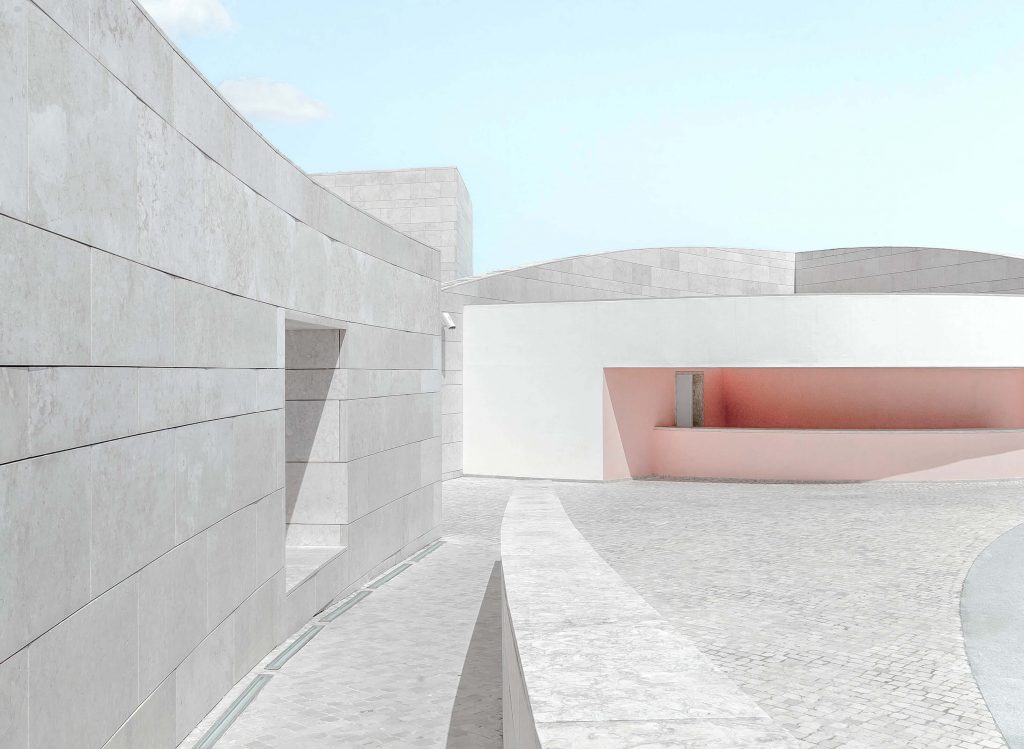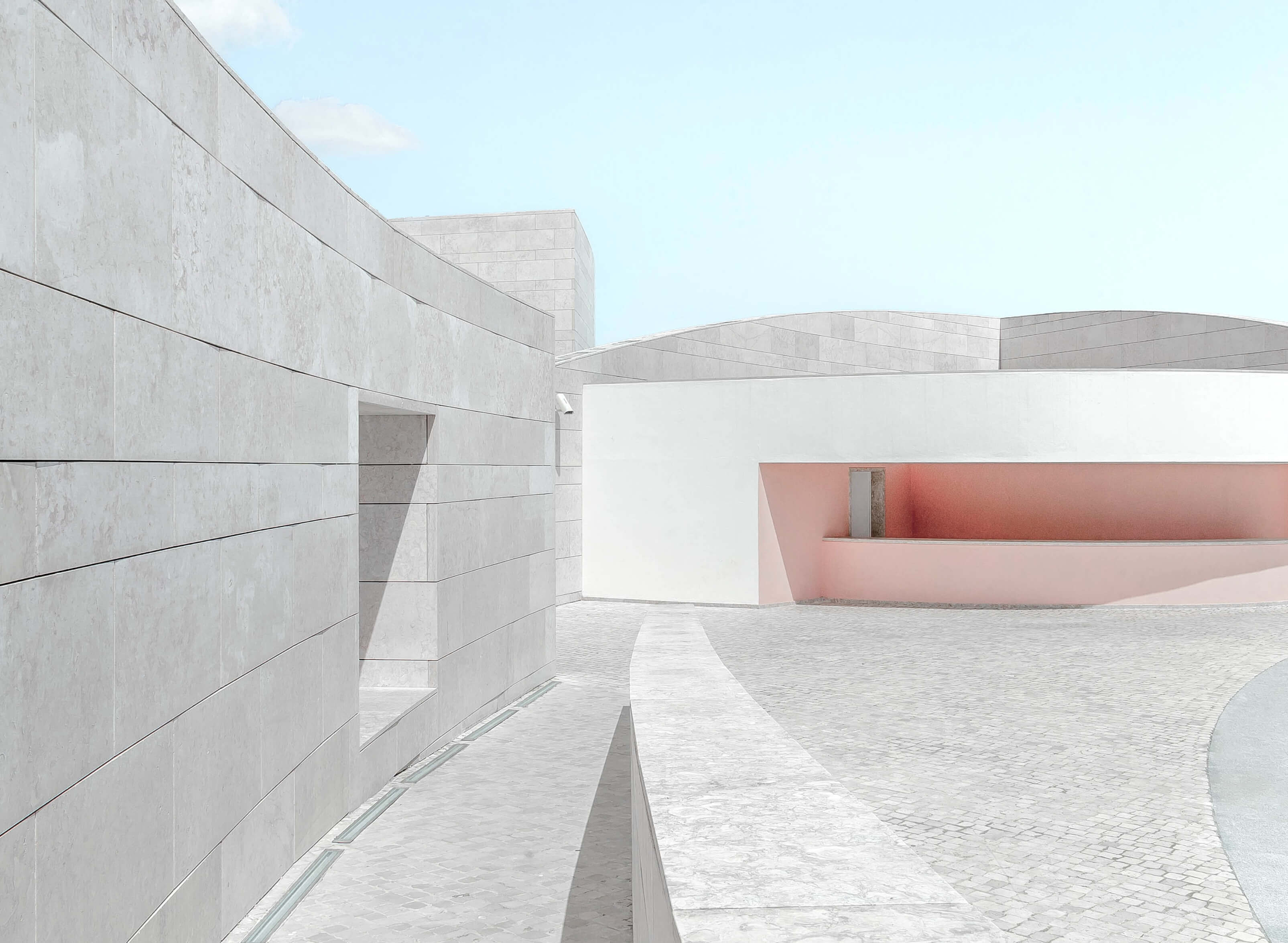An incredibly durable choice, concrete can be used for a wide range of applications. From patios to foundations and stylish tiled floors, read on for our guide to the chameleon of the construction world…
Concrete at a glance
What is concrete?
Concrete is an easily made, flexible substance that can be adapted and used for a wide range of purposes. Although the initial idea behind concrete is that it can withhold the structural integrity of a building, it’s used by millions all over the world in many different ways. For this reason, it’s the most used material on the planet, with astonishingly 20 billion tonnes being used on an annual basis. China is also one of the largest consumers of concrete across the globe and responsible for half of our yearly usage!
A brief history of concrete
Arguably, concrete was originally invented by the Romans to craft their many iconic and architectural structures. Many historians, however, believe the origin of concrete goes back even further to Syria and northern Jordan around 6500 BC. Most famously, the Pantheon in Rome is still the largest unsupported concrete structure in the world. A former temple and now a Catholic church, the Pantheon is said to have been built around 120 AD. Fast forward to the Second World War, and concrete was used to detect enemy aircraft. Concrete ‘sound mirrors’ could be used as an early warning and impressively had a range of about 15 miles.
How is concrete made?
In its simplest form, concrete is made from a mixture of cement, water and aggregates. The exact ingredients, however, will depend on the type of concrete and according to its intended use. By mixing these materials together, a chemical reaction occurs that causes the concrete to eventually harden into a very strong slab. After around 4 weeks, concrete will have reached approximately 90% of its final strength but, incredibly, continues to harden for decades after. One common misconception of the substance is thinking it’s the same as cement – this is like saying flour and cake are the same. Only 10-15% of concrete is actual cement, with the rest made up of water and an aggregate such as gravel or sand.
Understanding the different grades of concrete
Looking for the right mix for your construction project, or are purely curious about concrete? Helping to understand the grades and their uses can go a long way! Concrete mixes are defined in ascending numbers of 5, starting at 10, and demonstrate the compressive strength of the concrete after 28 days. For instance, C10 is one of the lowest grades and used for pathways and other none structural work like patios. Additionally, C35 is great for polished concrete and can be supplied to a building site via a concrete mixing truck.
Commercial concrete
The general use for high strength concrete is in areas where a higher load is expected on a structure. This may include public walkways, skyscrapers and also pillars, and it requires professional expertise to mix. Additionally, C30 is the lowest strength of concrete that can take heavy traffic and is used for HGV slipways, roadways and farms. It’s also still a very durable grade and able to resist heavy weather, including any changes in climate.
Residential concrete
C25 is a multi-purpose concrete that is used on a wide range of commercial and domestic construction sites. Not only is it ideal for slab foundations such as house and bungalow floors, but it’s also often used for pouring footings. Polished concrete flooring, C35, is also being adopted in self-build homes and renovation projects, providing a solid solution for lovers of the industrial look. If you’re craving a low maintenance floor with the appearance of stone, polished concrete can create a similar look to luxury materials such as granite and marble.
Can underfloor heating be used with concrete?
In short, yes, polished concrete goes hand-in-hand with underfloor heating. Concrete flooring provides quick heat-up times, retains the heat well and is a great option to improve the warmth of your home. It’s vital, however, that whilst your concrete is curing, your heating is off, or it could cause the floor to dry out too quickly. It’s also important to use an expert concrete installer who can offer advice, and if they can’t, stay well away!
Concrete protection and maintenance tips
As a company that aspires to be the leading authority on concrete upkeep, we find ourselves answering many questions on a daily basis. These include ‘how can I clean my polished floors?’ and ‘what concrete sealer should I use?’ – so, at FILA, we’re here to clear things up. The best cleaner for concrete is FILA’s CLEANER PRO which will protect against any opacifying layers that can dull the surface. We also have an array of stone sealers that are perfect for all types of concrete – why not have a read of our post to learn more?
FILA; a leading authority on concrete cleaning products
Thank you for reading our post; we hope you’ve enjoyed delving deeper into the world of concrete. At FILA, we specialise in the supply of high-quality products that will maintain its appearance – whether domestic or commercial concrete, we can certainly help! Thanks again.

